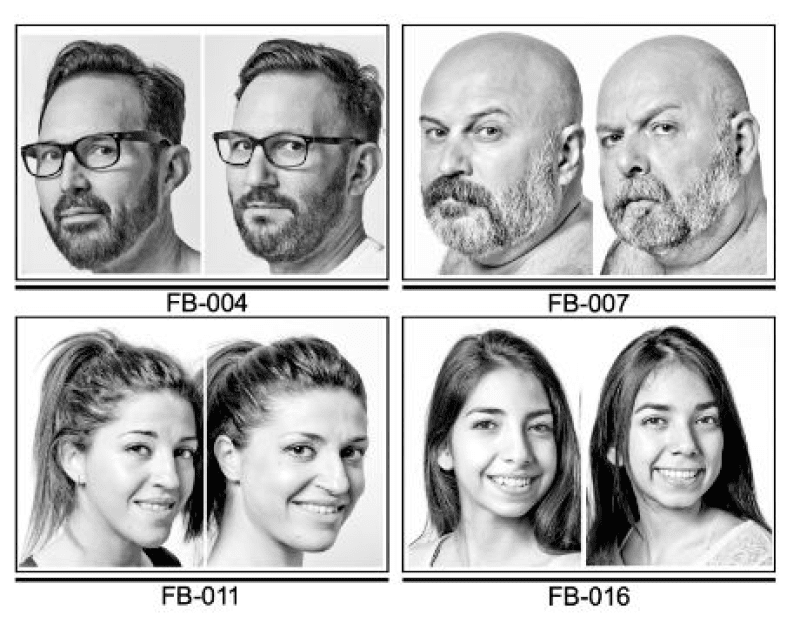Ever been told you have a doppelgänger? It could be that you had more in common with that person than looks, as new research suggests that people who share similar physical traits may have similar DNA.
The curious finding follows an analysis of some of the humans employed in Canadian photographer François Brunelle’s portfolio of human doubles, a project that’s gone on since 1999. Authors of the study, published in Cell Reports, compared the doubles’ appearance, lifestyle, and genetic material; finding that similar DNA may connect people through behavior as well as their looks.
Using facial recognition algorithms, the researchers identified the most convincing among the doppelgängers. They then asked participants to complete a comprehensive biometric and lifestyle questionnaire and collected saliva DNA samples.
This data allowed them to compare the doubles’ likeness across their genomes, epigenomes, and even microbiomes to see how the composition of these may influence the way a person looks. Combining the many “omes” like this is a type of biological analysis known as “multiomics” which aims to recognize mechanisms behind disease; biomarkers; or, as in this case, physical appearance by comparing multiple datasets.
The approach carries merit in looking at the wider picture, but some express concerns over its applications owing to the fact that it inherits the complexities of every “omic” dataset employed within a particular multiomics study.

Some of the lookalikes from Brunelle’s portfolio. Image credit: R Joshi et al 2022, Cell Reports
Their results showed that doubles shared similar genotypes, but exhibited differences in their DNA methylation and microbiomes. Curiously, they found that doubles with similar genetic makeup also demonstrated similar habits with regard to smoking and education, which could indicate that a person’s DNA plays a big role in their behavior as well as appearance.
“Our study provides a rare insight into human likeness by showing that people with extreme lookalike faces share common genotypes, whereas they are discordant at the epigenome and microbiome levels,” said senior author Manel Esteller of the Josep Carreras Leukaemia Research Institute in Barcelona, Spain, in a statement.
“We provided a unique insight into the molecular characteristics that potentially influence the construction of the human face. We suggest that these same determinants correlate with both physical and behavioral attributes that constitute human beings.”
As well as being a boost for anyone who’s a big fan of their celebrity lookalike, Esteller believes the multiomics approach could go further in potentially contributing toward crime analysis and medicine.
“These results will have future implications in forensic medicine — reconstructing the criminal’s face from DNA — and in genetic diagnosis — the photo of the patient’s face will already give you clues as to which genome he or she has. Through collaborative efforts, the ultimate challenge would be to predict the human face structure based on the individual’s multiomics landscape.”
Source Link: Doppelgänger Study Finds Lookalikes May Have Similar DNA And Behaviors